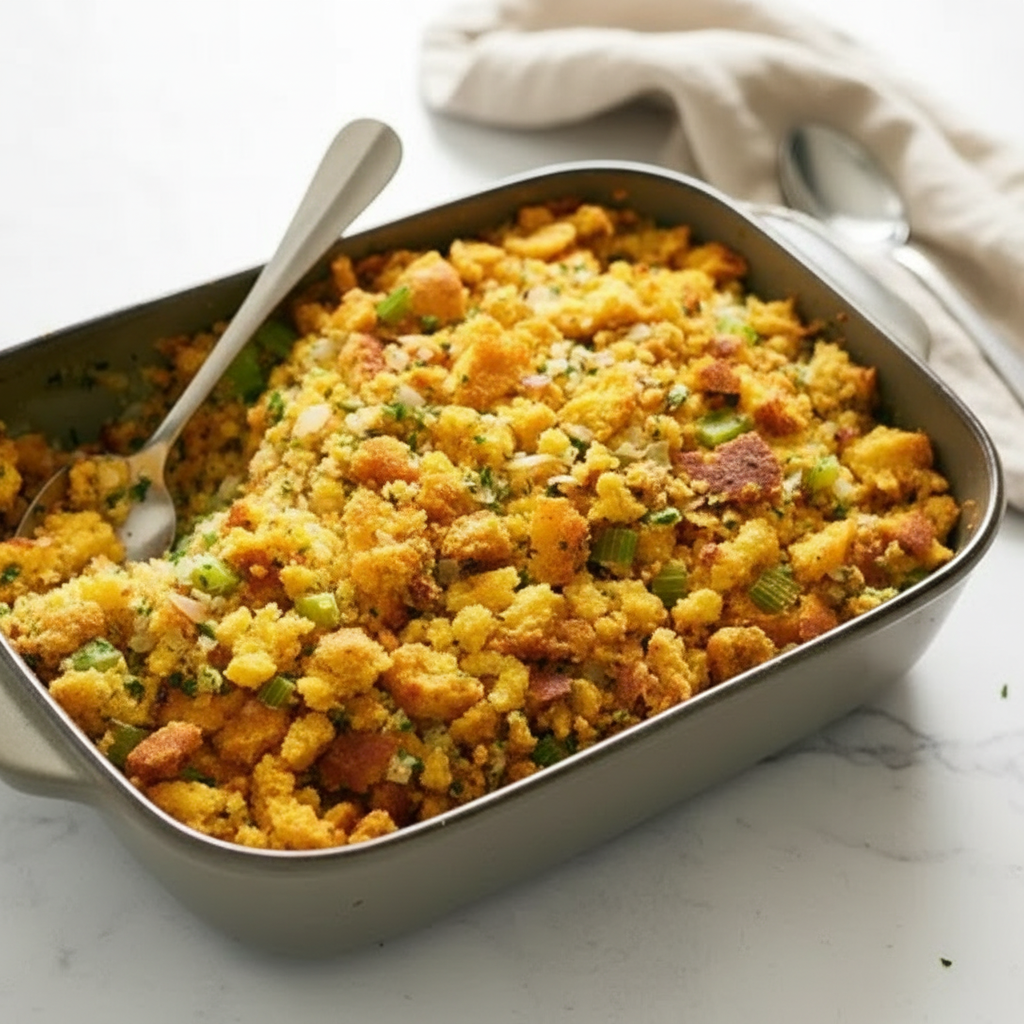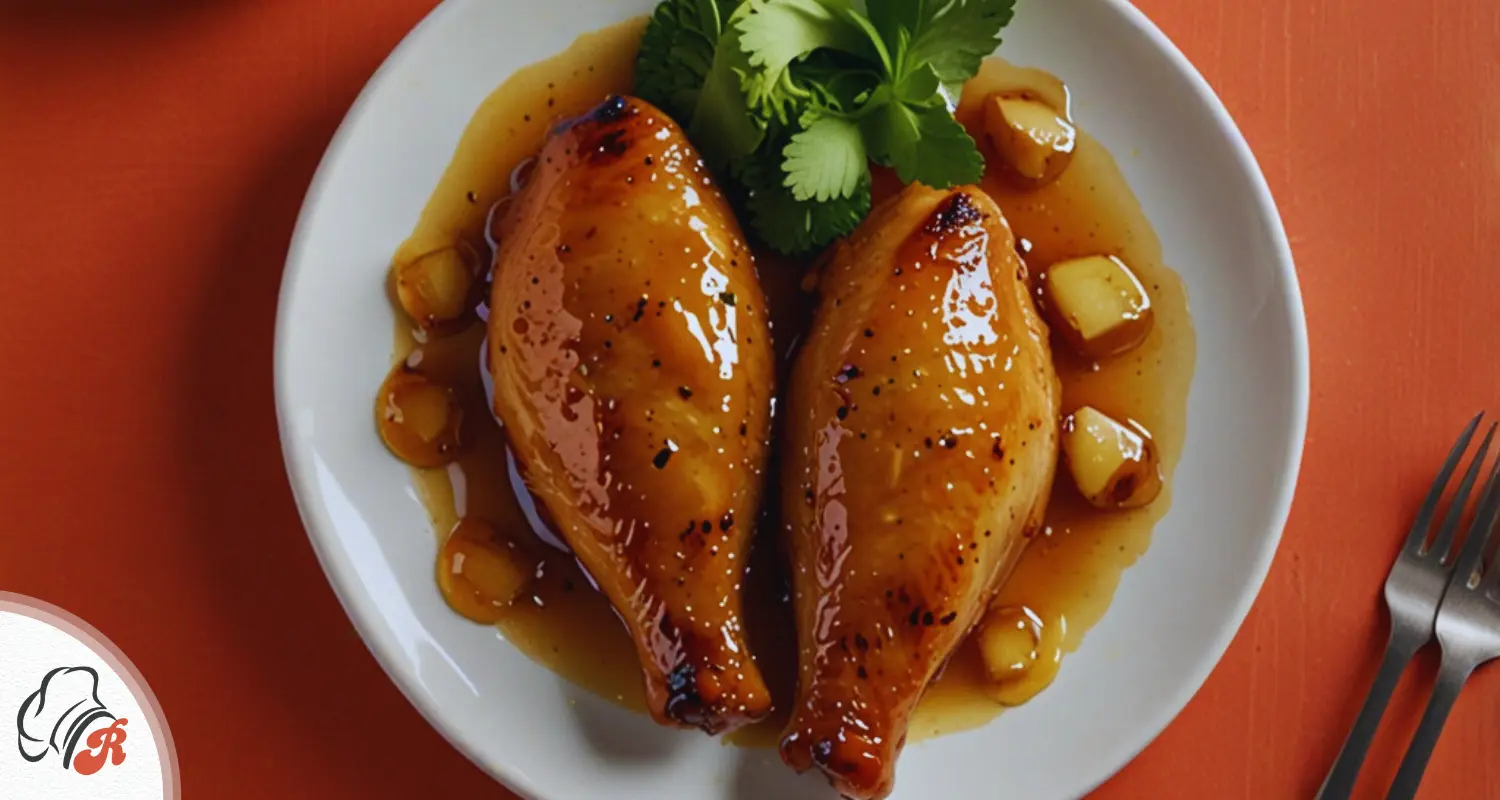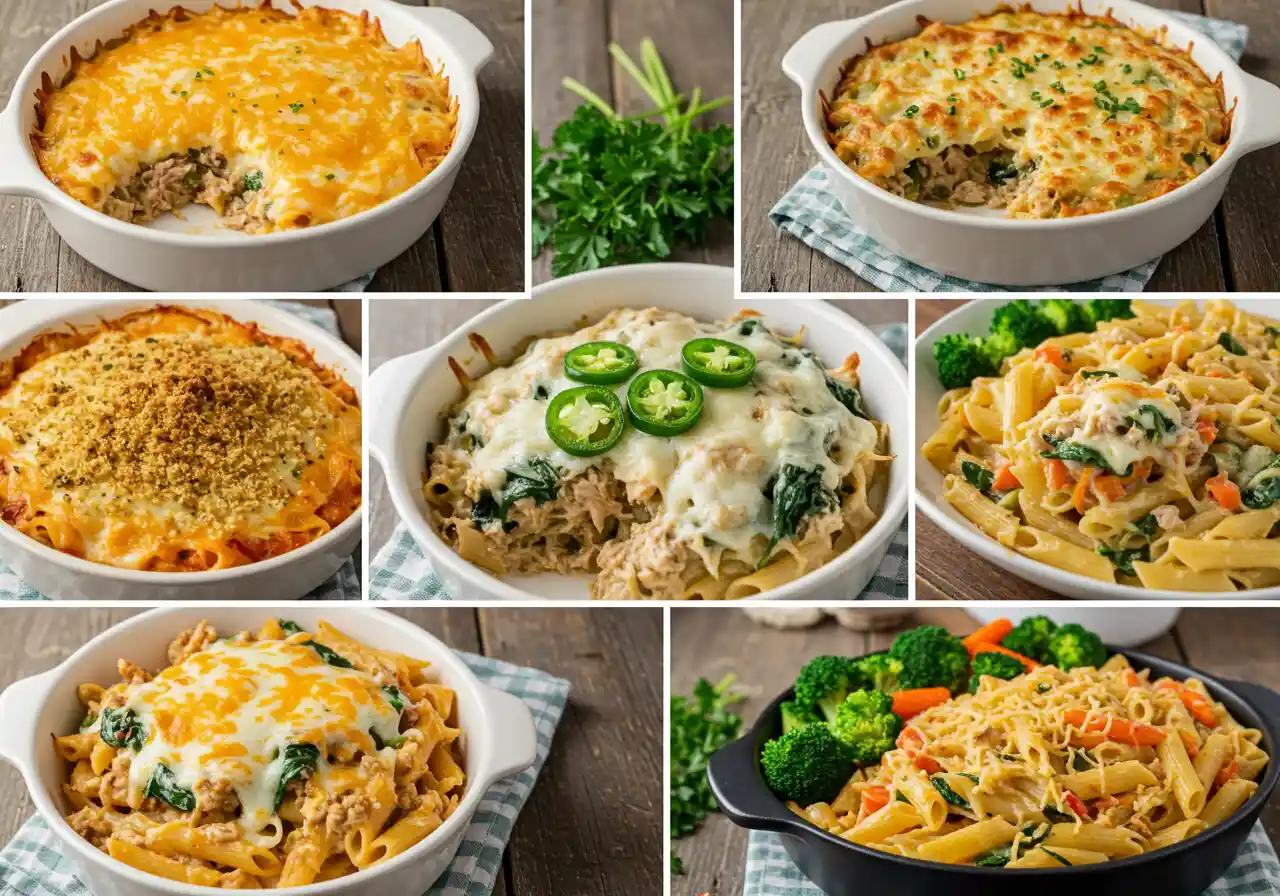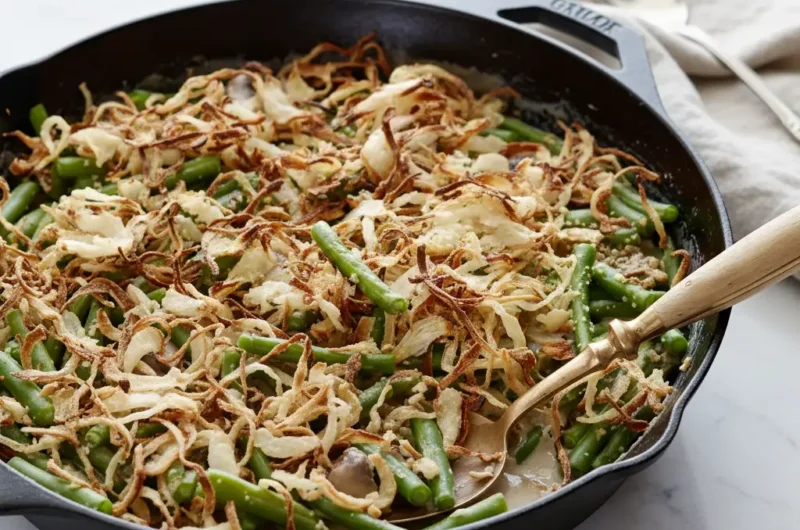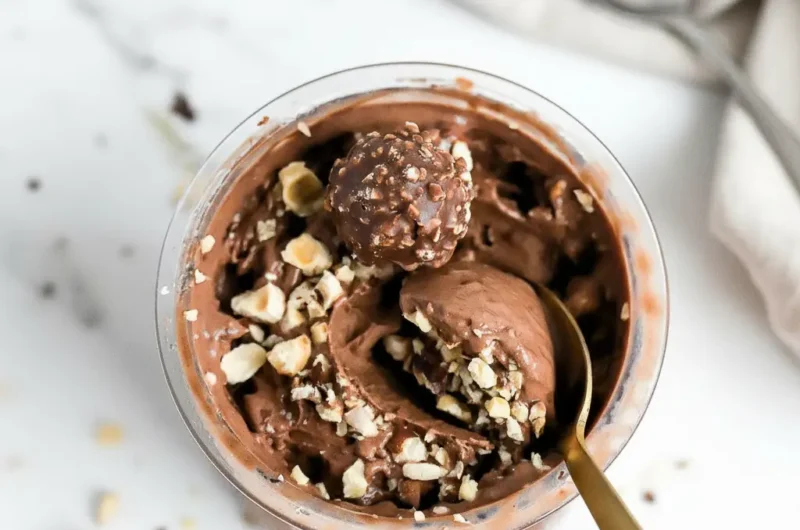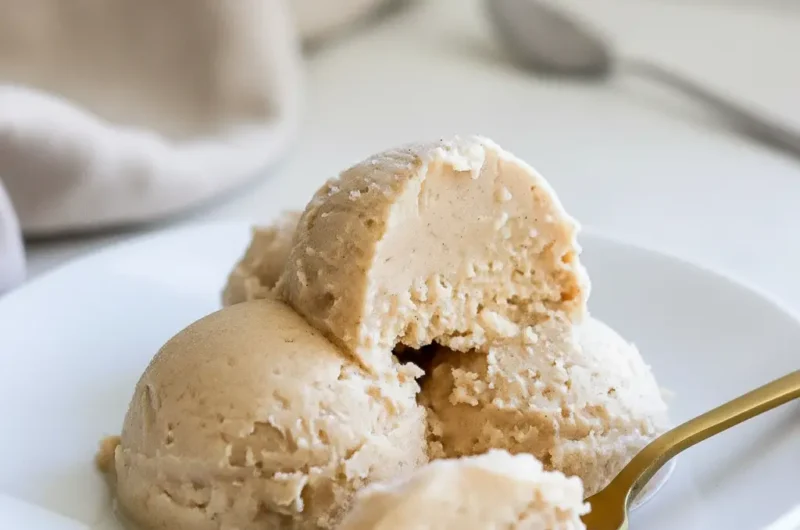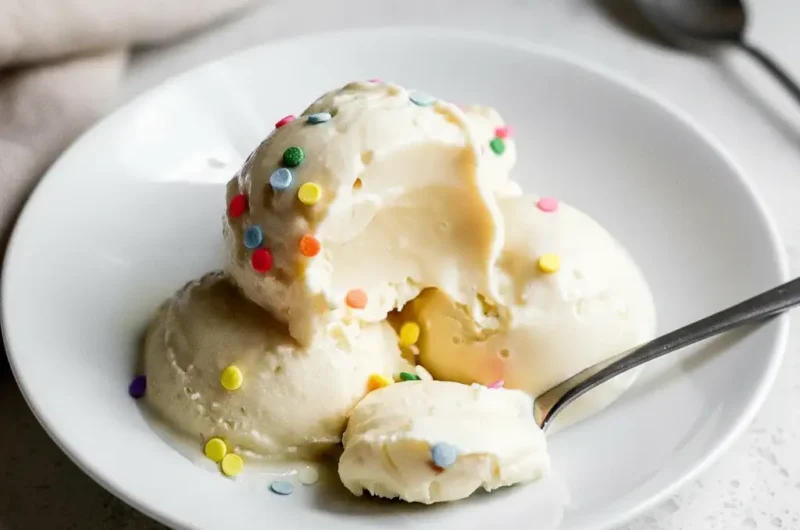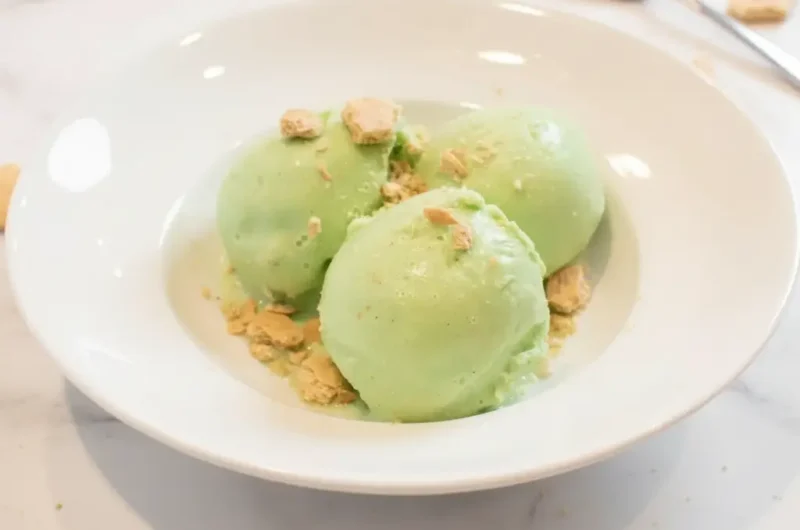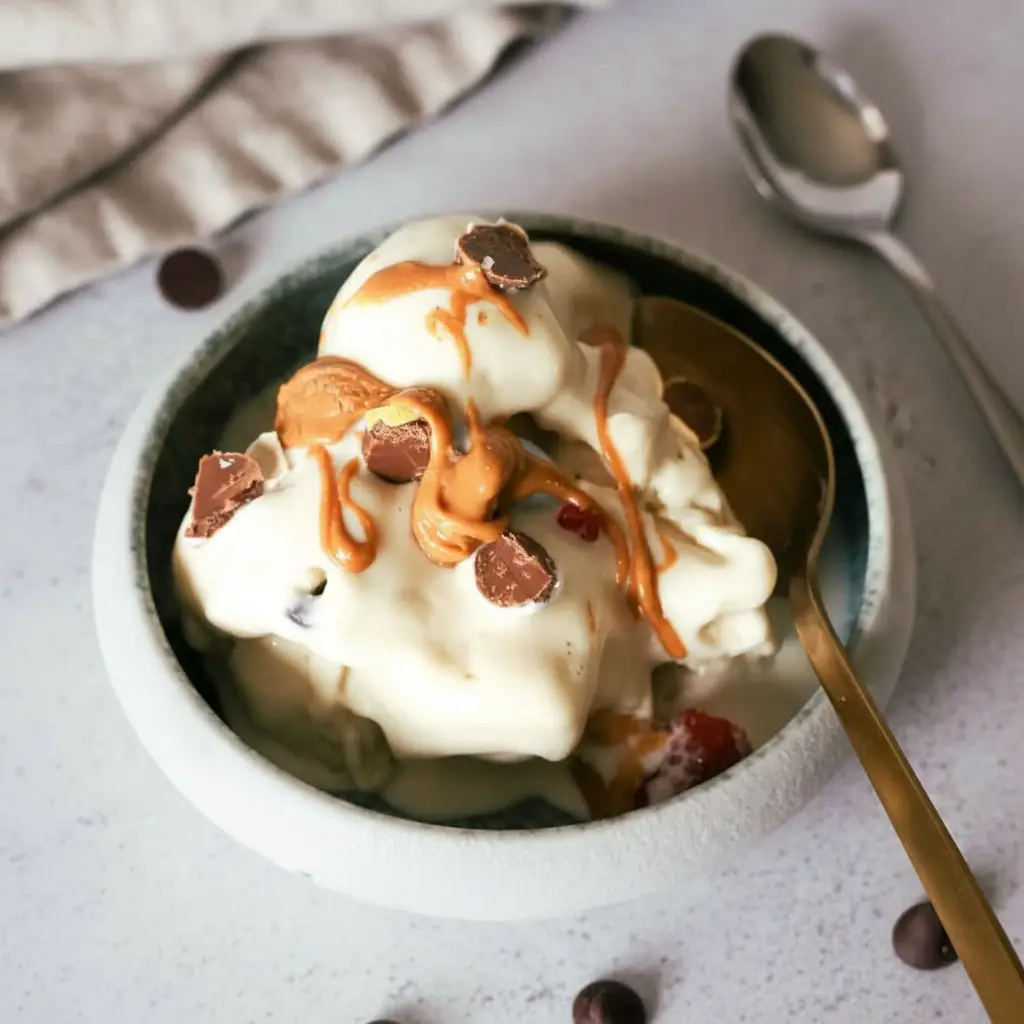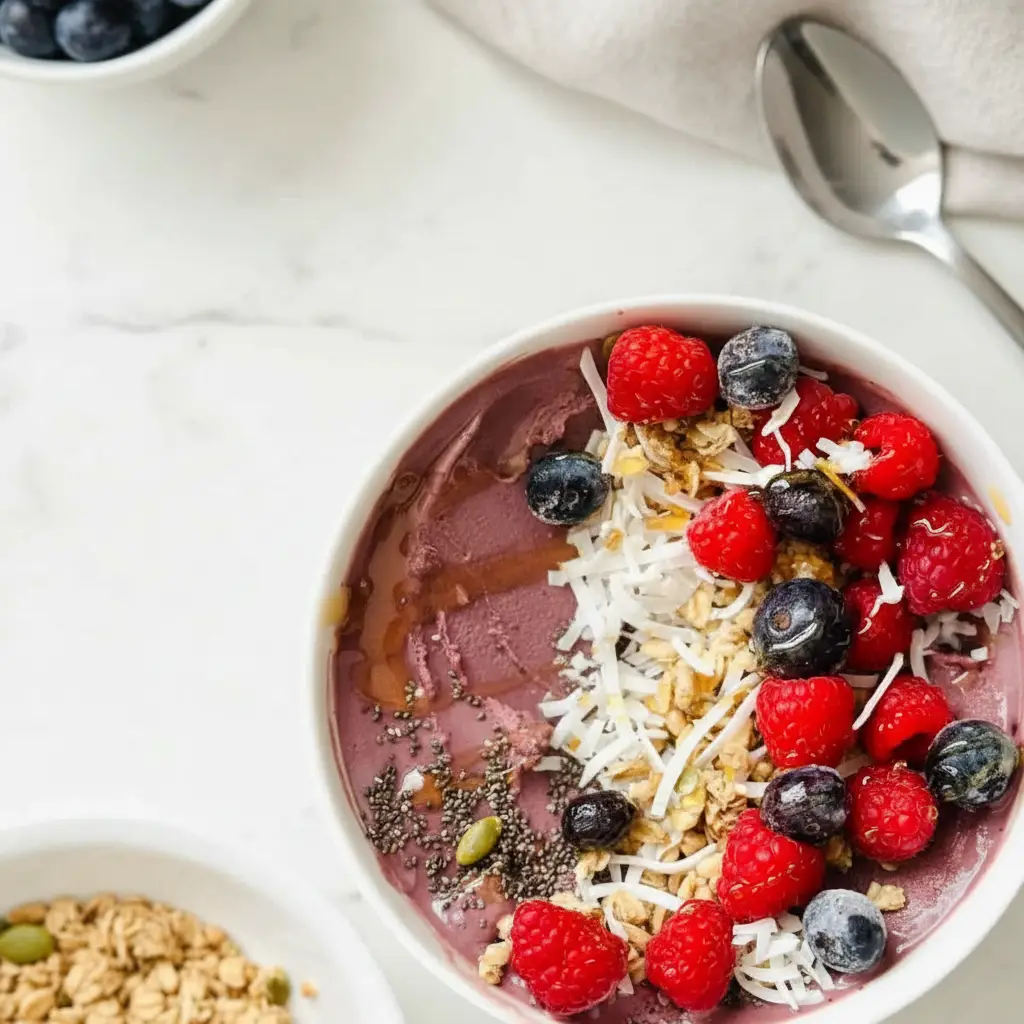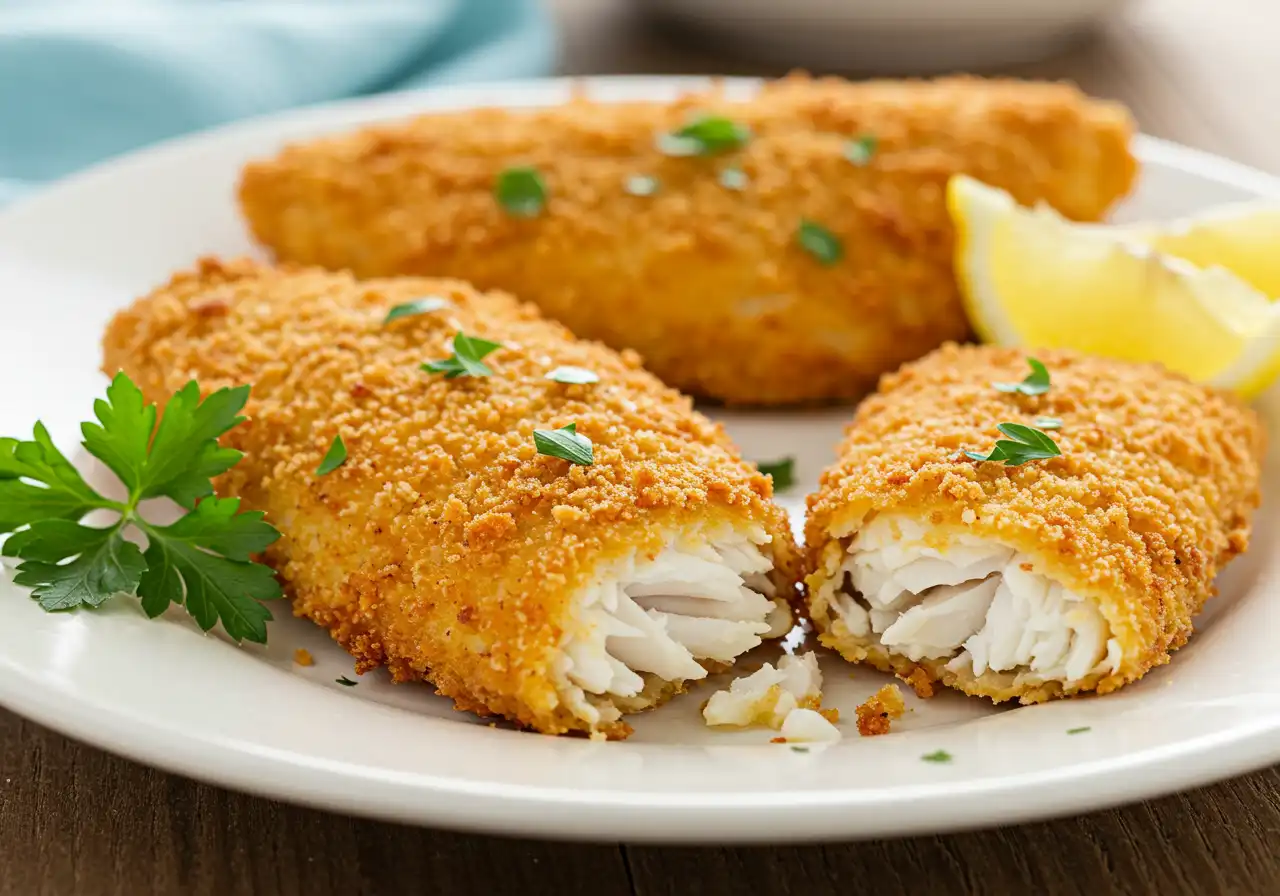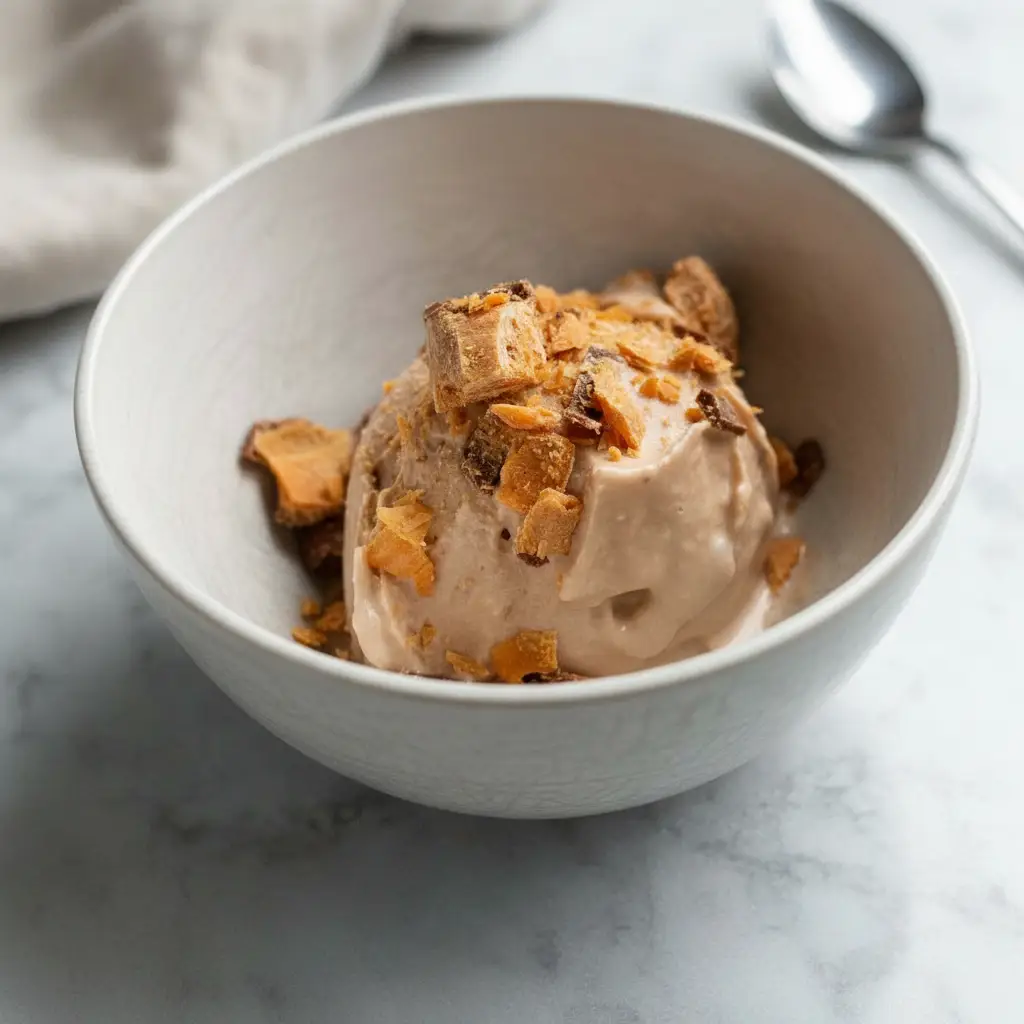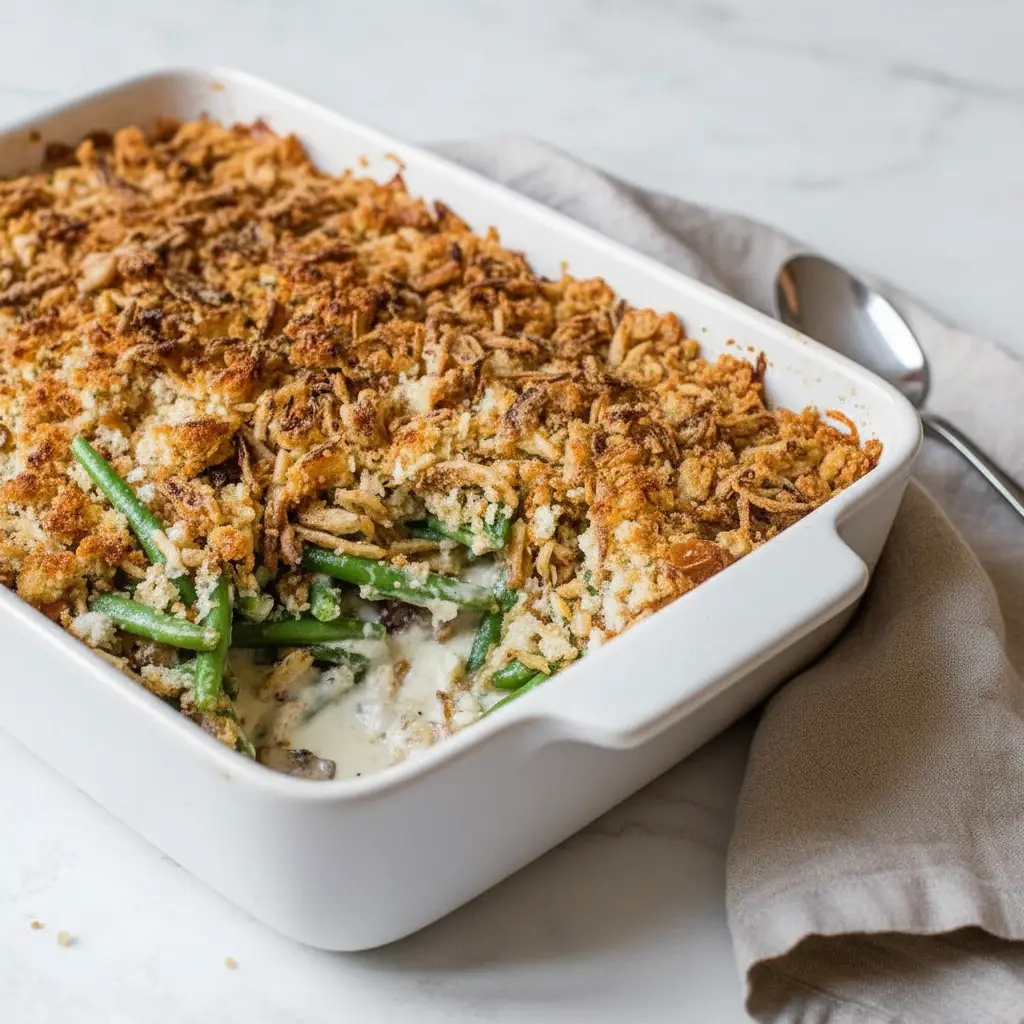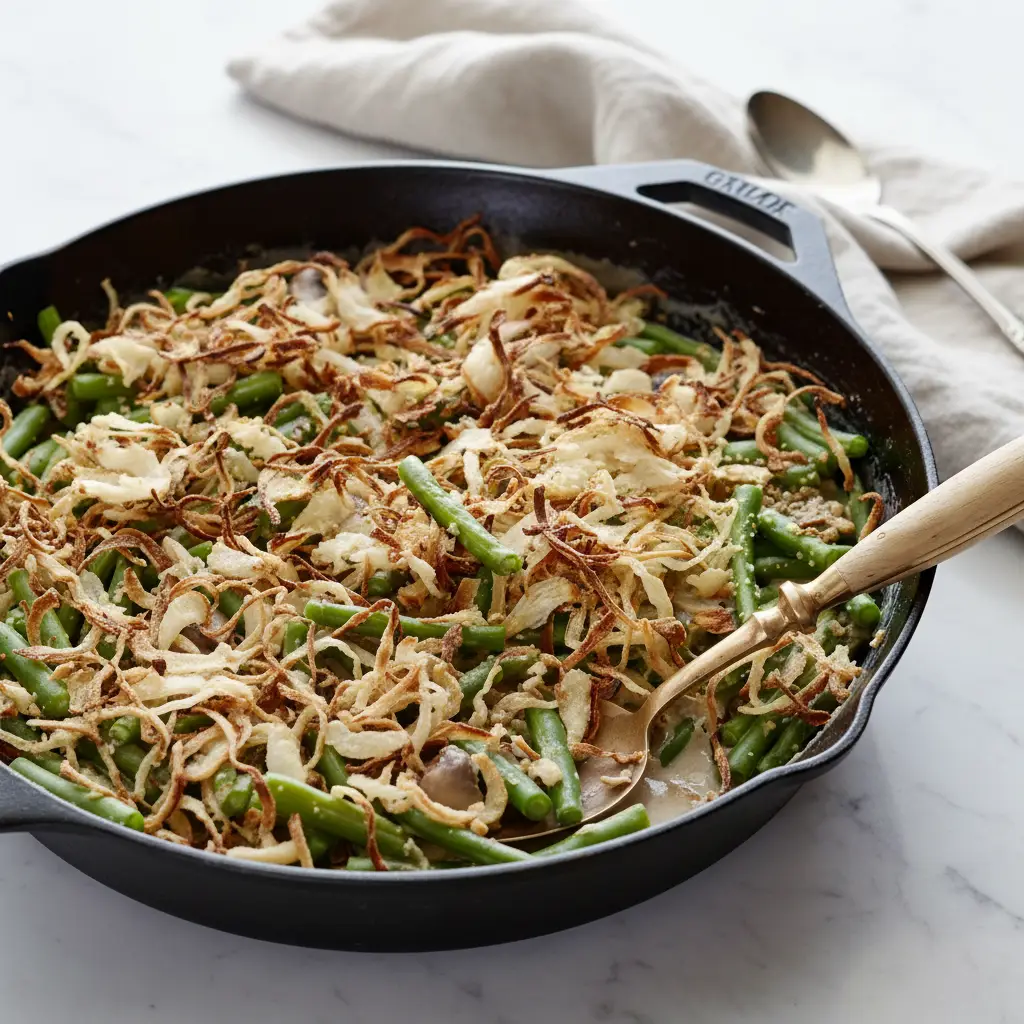When the holidays roll around, or really, any time you crave a comforting, savory dish, a good stuffing is a must. Forget those boxed mixes for a moment. We are diving into the world of truly delicious, Best Cornbread Stuffing Casserole. This isn’t just any side; it is a hearty, flavorful meal enhancer that brings warmth and a touch of homemade goodness to your table. Imagine golden, savory cornbread, infused with fragrant herbs and tender vegetables, all baked together in one delightful dish. It is a game changer, honestly.
This Cornbread Stuffing Casserole recipe is designed to be straightforward, even if you are new to baking from scratch. We will walk you through making your own cornbread—trust me, it is simpler than you think—and then transforming it into an unforgettable stuffing. So, get ready to impress your family and friends with a dish that tastes like it came straight from a gourmet kitchen, but was made with love right in yours.
Jump To:
Why You’ll Love This Recipe
There are so many reasons to adore this Homemade Cornbread Stuffing. First off, it is incredibly flavorful. The combination of sweet and savory in the cornbread, plus the aromatic herbs and vegetables, creates a really complex and satisfying taste. You get that wonderful texture, too: crispy edges from the cornbread, yet a moist, tender interior.
Another big plus is how adaptable it is. You can easily tweak the herbs or add extra vegetables to suit your preference. This recipe is also fantastic for making ahead, which is a huge stress reliever during busy times. Just assemble it, cover it, and pop it in the oven when you are ready. It is a classic comfort food that truly embodies the spirit of home cooking, making it a favorite among stuffing recipes.
Ingredients
For the Cornbread
- 1 cup yellow cornmeal, preferably organic stone ground
- ½ cup all purpose flour or whole wheat flour
- ¾ teaspoon salt
- 1 tablespoon baking powder
- ½ teaspoon baking soda
- 2 eggs
- 1 cup plain low fat yogurt or buttermilk
- ½ cup milk
- 1 tablespoon mild honey
- 2 to 3 tablespoons unsalted butter (to taste)
For the Cornbread and Sage Stuffing
- 2 tablespoons extra virgin olive oil, or 1 tablespoon each olive oil and unsalted butter
- 1 large onion, finely chopped
- Salt to taste
- 4 stalks celery, cut in small dice
- 4 garlic cloves, minced
- 2 teaspoons rubbed sage, or 2 tablespoons chopped fresh sage
- 1 tablespoon fresh thyme leaves or 1½ teaspoons dried thyme
- ½ cup finely chopped flat leaf parsley
- Freshly ground pepper
- A double batch of cornbread (see above), crumbled you can do this in a food processor fitted with the steel blade
- ½ cup milk, or as necessary, for moistening
- 4 tablespoons unsalted butter if baking separately
Grocery List
- Yellow cornmeal (organic stone ground if possible)
- All purpose flour or whole wheat flour
- Salt
- Baking powder
- Baking soda
- Eggs
- Plain low fat yogurt or buttermilk
- Milk
- Mild honey
- Unsalted butter
- Extra virgin olive oil
- Large onion
- Celery stalks
- Garlic cloves
- Rubbed sage or fresh sage
- Fresh thyme leaves or dried thyme
- Flat leaf parsley
- Freshly ground pepper
Ingredient Substitution Guide
- Yogurt/Buttermilk: If you do not have buttermilk, you can make a quick substitute by adding 1 tablespoon of white vinegar or lemon juice to a measuring cup, then filling the rest with regular milk until it reaches 1 cup. Let it sit for 5 minutes before using.
- Flour: For a gluten free option, you can try a 1:1 gluten free all purpose flour blend in the cornbread. Ensure your cornmeal is also certified gluten free.
- Sage/Thyme: Fresh herbs always offer a brighter flavor, but dried herbs work perfectly. Remember the general rule: use three times the amount of fresh herbs compared to dried herbs.
- Honey: Maple syrup can be used as a sweetener alternative in the cornbread for a slightly different flavor profile.
- Butter/Oil: Feel free to adjust the amount of butter in the cornbread or stuffing based on your preference. Coconut oil can also be used in place of olive oil for a different flavor.
Nutritional Information (Estimate per serving, 8 servings)
Please note, these are estimated values and can vary based on specific ingredients and portion sizes.
- Calories: Approximately 350-400 kcal
- Fat: Approximately 18-22g
- Carbohydrates: Approximately 40-45g
- Protein: Approximately 8-10g
- Fiber: Approximately 3-5g
This stuffing casserole recipe provides a good balance of carbohydrates, fats, and proteins, making it a hearty addition to any meal. It is also packed with nutrients from the fresh vegetables and whole grains. Enjoying a homemade dish like this means you are getting wholesome ingredients without all the added preservatives often found in store bought versions.
Step-By-Step Instructions
Step 1: Prepare the Cornbread Batter
Preheat your oven to 400 degrees Fahrenheit. Place a 9 inch cast iron skillet, a heavy 2 quart baking dish, or a heavy 9 inch square baking pan in the oven while it preheats. In a bowl, combine the yellow cornmeal, flour, salt, baking powder, and baking soda. Whisk these dry ingredients together to make sure they are well mixed. In a separate bowl, beat the eggs, yogurt or buttermilk, milk, and honey until smooth.
Step 2: Combine Wet and Dry Ingredients for Cornbread
Pour the liquid mixture into the dry ingredients. Stir them together gently with a spoon or whisk until just combined. Be careful not to overmix the batter; a few lumps are perfectly fine and actually help keep the cornbread tender. Overworking the batter can lead to a tough texture.
Step 3: Bake the Cornbread
Carefully remove the hot pan from the oven. Add the butter to the pan and swirl it around quickly so it melts and coats the bottom and sides without browning too much. Immediately whisk this melted butter into your cornbread batter. Scrape all the batter into the hot pan. Place it back in the oven and bake for 35 to 40 minutes, or until golden brown and a toothpick inserted into the center comes out clean. The edges will be quite browned, which adds lovely flavor. Let the cornbread cool completely in the pan.
Step 4: Sauté Aromatics for Stuffing
Once your cornbread has cooled, you can start on the stuffing. In a large, heavy, nonstick skillet, heat the olive oil or a combination of olive oil and unsalted butter over medium heat. Add the finely chopped onion and cook, stirring often, for about three minutes until it begins to soften. Then, add half a teaspoon of salt and the diced celery. Continue cooking for a few more minutes until the onion is tender and translucent. Add the minced garlic and stir for 30 seconds to a minute until it is fragrant.
Step 5: Assemble the Stuffing Mixture
Transfer the sautéed vegetables to a large bowl. Add the remaining ingredients for the stuffing: the rubbed sage or fresh sage, fresh thyme leaves or dried thyme, and the finely chopped flat leaf parsley. Crumble the cooled cornbread into the bowl; you can use your hands or a food processor for this to get an even texture. Season with freshly ground pepper. Combine everything well. Taste the mixture and adjust the salt if needed. Finally, moisten the stuffing as desired with half a cup of milk, adding more if you prefer a very moist stuffing.
Step 6: Bake the Stuffing Casserole
If you are stuffing a turkey, use the mixture to fill the cavity. If you are baking it separately as a casserole, transfer the Best Cornbread Stuffing Casserole mixture to a buttered or oiled 2 quart baking dish. Dot the top with extra butter, if you like. Cover the dish with aluminum foil and heat through in a 325 degree Fahrenheit oven for about 30 minutes, or until warmed through and fragrant. For a crispier topping, remove the foil for the last 10 minutes of baking.
How To Store Leftovers
Storing your leftover Cornbread Stuffing Casserole is simple. Once the casserole has cooled completely to room temperature, transfer it to an airtight container. It will keep well in the refrigerator for up to 3 to 4 days. When you are ready to enjoy it again, you can reheat individual portions in the microwave until warm, or heat the entire dish in the oven at 300 degrees Fahrenheit, covered, until it is heated through. For best results, add a splash of chicken or vegetable broth before reheating to help keep it moist.
Tips
- Sage Cornbread Variation: For an extra layer of flavor, stir 1 tablespoon of finely chopped fresh sage or 1 teaspoon of rubbed dried sage directly into the cornbread batter before baking. This infuses the entire dish with even more herbaceous notes.
- Advance Preparation: This recipe is fantastic for meal planning. You can bake the cornbread several days ahead of time and store it at room temperature in an airtight container. The stuffing mixture itself, with the sautéed vegetables and crumbled cornbread, can be prepared a day ahead. Store it covered in the refrigerator. When you are ready to bake, simply combine, moisten with milk, and proceed with baking.
- Even Crumble: For a consistent stuffing texture, crumble the cooled cornbread thoroughly. A food processor with a steel blade can make this quick work, creating uniform crumbs that absorb moisture evenly.
- Moisture Level: The amount of milk needed for moistening the stuffing can vary based on how dry your cornbread is and your personal preference. Start with half a cup and add more, a tablespoon at a time, until it reaches your desired consistency. You want it moist but not soggy.
- Add Ins: Feel free to get creative with your stuffing. Sautéed mushrooms, chopped pecans, or even a bit of cooked sausage can be wonderful additions to this stuffing recipe.
Conclusion
Making your own Best Cornbread Stuffing Casserole from scratch is a rewarding experience. It brings a depth of flavor and a homemade touch that simply cannot be replicated with store bought alternatives. From the golden, slightly sweet cornbread to the savory, herb infused vegetables, every bite is a testament to the joy of cooking. This recipe is perfect for holiday feasts, Sunday dinners, or any time you are craving something truly comforting and delicious.
Remember, cooking should be fun and flexible. Feel free to play with the herbs, add your favorite veggies, or even incorporate some crumbled bacon for an extra layer of flavor. No matter how you choose to personalize it, this Homemade Cornbread Stuffing is sure to become a beloved staple in your recipe collection. Happy cooking, everyone!
FAQ
Can I Use Store Bought Cornbread?
Yes, absolutely! While making your own cornbread from scratch is recommended for the best flavor, you can certainly use a good quality store bought cornbread to save time. Just make sure it is plain and not too sweet, as that can affect the overall flavor profile of the stuffing.
How Can I Make This Ahead of Time?
You can make the cornbread several days in advance and store it at room temperature. The stuffing mixture, with the sautéed vegetables and crumbled cornbread, can be assembled a day ahead and refrigerated. On the day of baking, simply combine, add milk to moisten, and bake as directed.
What Can I Serve With This Stuffing?
This Cornbread Stuffing Casserole is a classic side dish for roast turkey, chicken, pork, or even a hearty vegetarian main course. It also pairs wonderfully with cranberry sauce, green bean casserole, and mashed potatoes for a complete meal.
Can I Add Meat to the Stuffing?
Yes, adding cooked sausage, ground beef, or even crumbled bacon can be a delicious addition to this stuffing. Simply cook the meat thoroughly before adding it to the sautéed vegetables in Step 4. This will add another layer of savory flavor and heartiness.
How Do I Prevent the Stuffing From Being Dry?
The key to a moist stuffing is adequate liquid. Make sure to add enough milk to the mixture until it is moist but not soggy. Covering the casserole dish with foil during most of the baking time also helps to trap moisture. If reheating leftovers, a splash of broth can help revive its moisture.
Best Cornbread Stuffing Casserole
A comforting and savory cornbread stuffing casserole, made from scratch with golden cornbread, fragrant herbs, and tender vegetables. This hearty dish is perfect for holidays or any meal needing a touch of homemade goodness.
Ingredients
Instructions
- Prepare the Cornbread Batter: Preheat your oven to 400 degrees Fahrenheit. Place a 9-inch cast iron skillet, a heavy 2-quart baking dish, or a heavy 9-inch square baking pan in the oven while it preheats. In a bowl, combine the yellow cornmeal, flour, salt, baking powder, and baking soda. Whisk these dry ingredients together to make sure they are well mixed. In a separate bowl, beat the eggs, yogurt or buttermilk, milk, and honey until smooth.
- Combine Wet and Dry Ingredients for Cornbread: Pour the liquid mixture into the dry ingredients. Stir them together gently with a spoon or whisk until just combined. Be careful not to overmix the batter; a few lumps are perfectly fine and actually help keep the cornbread tender.
- Bake the Cornbread: Carefully remove the hot pan from the oven. Add the butter to the pan and swirl it around quickly so it melts and coats the bottom and sides without browning too much. Immediately whisk this melted butter into your cornbread batter. Scrape all the batter into the hot pan. Place it back in the oven and bake for 35 to 40 minutes, or until golden brown and a toothpick inserted into the center comes out clean. The edges will be quite browned, which adds lovely flavor. Let the cornbread cool completely in the pan.
- Sauté Aromatics for Stuffing: Once your cornbread has cooled, you can start on the stuffing. In a large, heavy, nonstick skillet, heat the olive oil or a combination of olive oil and unsalted butter over medium heat. Add the finely chopped onion and cook, stirring often, for about three minutes until it begins to soften. Then, add half a teaspoon of salt and the diced celery. Continue cooking for a few more minutes until the onion is tender and translucent. Add the minced garlic and stir for 30 seconds to a minute until it is fragrant.
- Assemble the Stuffing Mixture: Transfer the sautéed vegetables to a large bowl. Add the remaining ingredients for the stuffing: the rubbed sage or fresh sage, fresh thyme leaves or dried thyme, and the finely chopped flat leaf parsley. Crumble the cooled cornbread into the bowl; you can use your hands or a food processor for this to get an even texture. Season with freshly ground pepper. Combine everything well. Taste the mixture and adjust the salt if needed. Finally, moisten the stuffing as desired with half a cup of milk, adding more if you prefer a very moist stuffing.
- Bake the Stuffing Casserole: If you are stuffing a turkey, use the mixture to fill the cavity. If you are baking it separately as a casserole, transfer the mixture to a buttered or oiled 2-quart baking dish. Dot the top with extra butter, if you like. Cover the dish with aluminum foil and heat through in a 325 degree Fahrenheit oven for about 30 minutes, or until warmed through and fragrant. For a crispier topping, remove the foil for the last 10 minutes of baking.
Notes
Sage Cornbread Variation: For an extra layer of flavor, stir 1 tablespoon of finely chopped fresh sage or 1 teaspoon of rubbed dried sage directly into the cornbread batter before baking.
Advance Preparation: You can bake the cornbread several days ahead. The stuffing mixture (sautéed vegetables and crumbled cornbread) can be prepared a day ahead and refrigerated. Combine with milk and bake on the day of serving.
Moisture Level: The amount of milk needed for moistening the stuffing can vary based on cornbread dryness and preference. Start with half a cup and add more, a tablespoon at a time, until moist but not soggy.
Add-ins: Get creative with sautéed mushrooms, chopped pecans, or cooked sausage for extra flavor.
How to Store Leftovers: Transfer cooled leftovers to an airtight container. It will keep well in the refrigerator for up to 3-4 days. Reheat in the microwave or oven (300°F, covered), adding a splash of broth to keep it moist.
Nutrition (Estimated per serving, 8 servings)
Calories
Fat
Carbs
Protein
Fiber
Sugar


